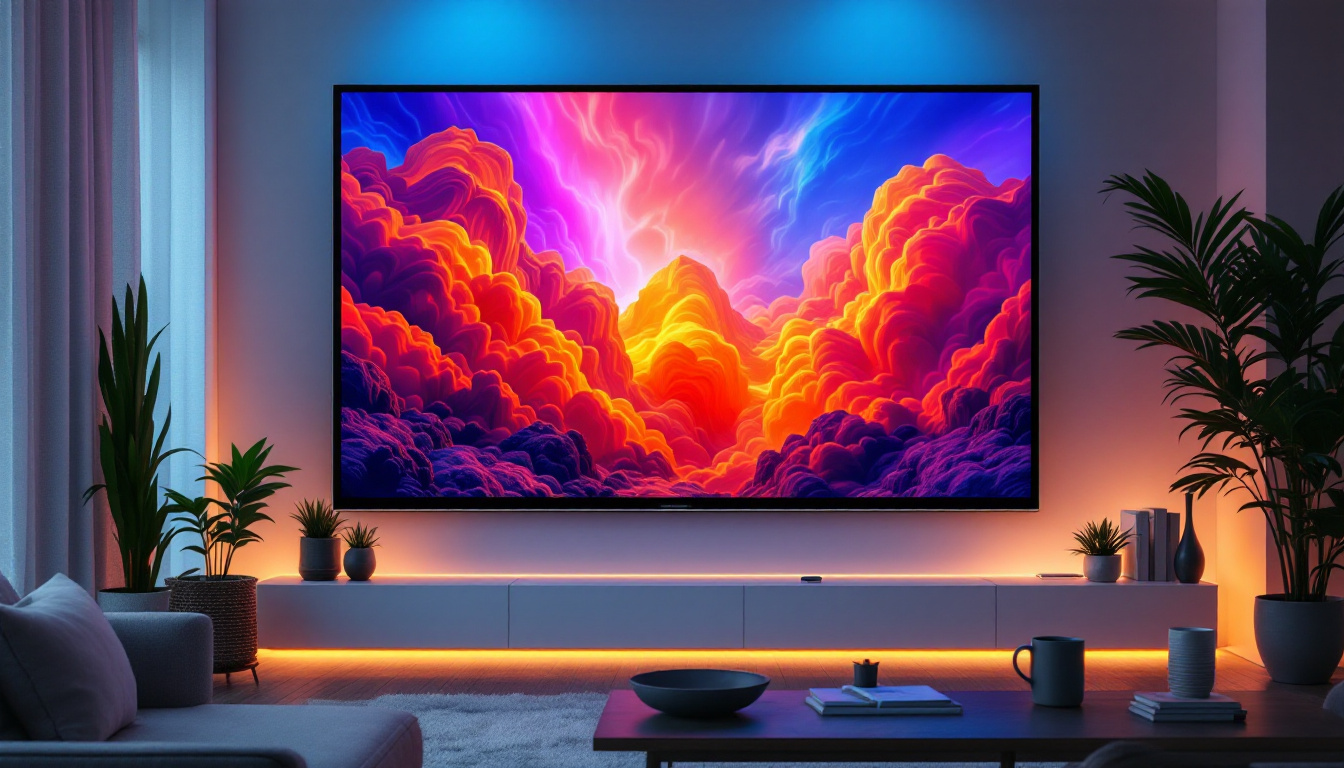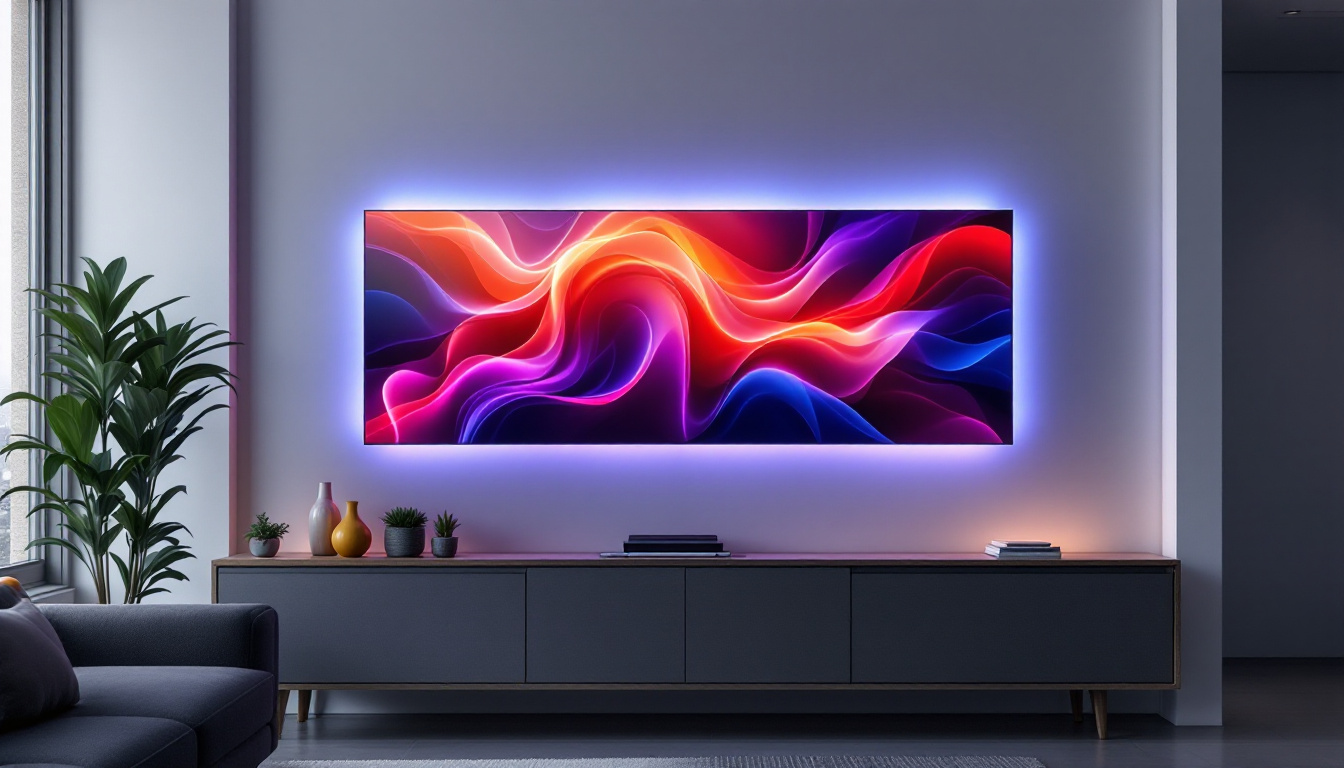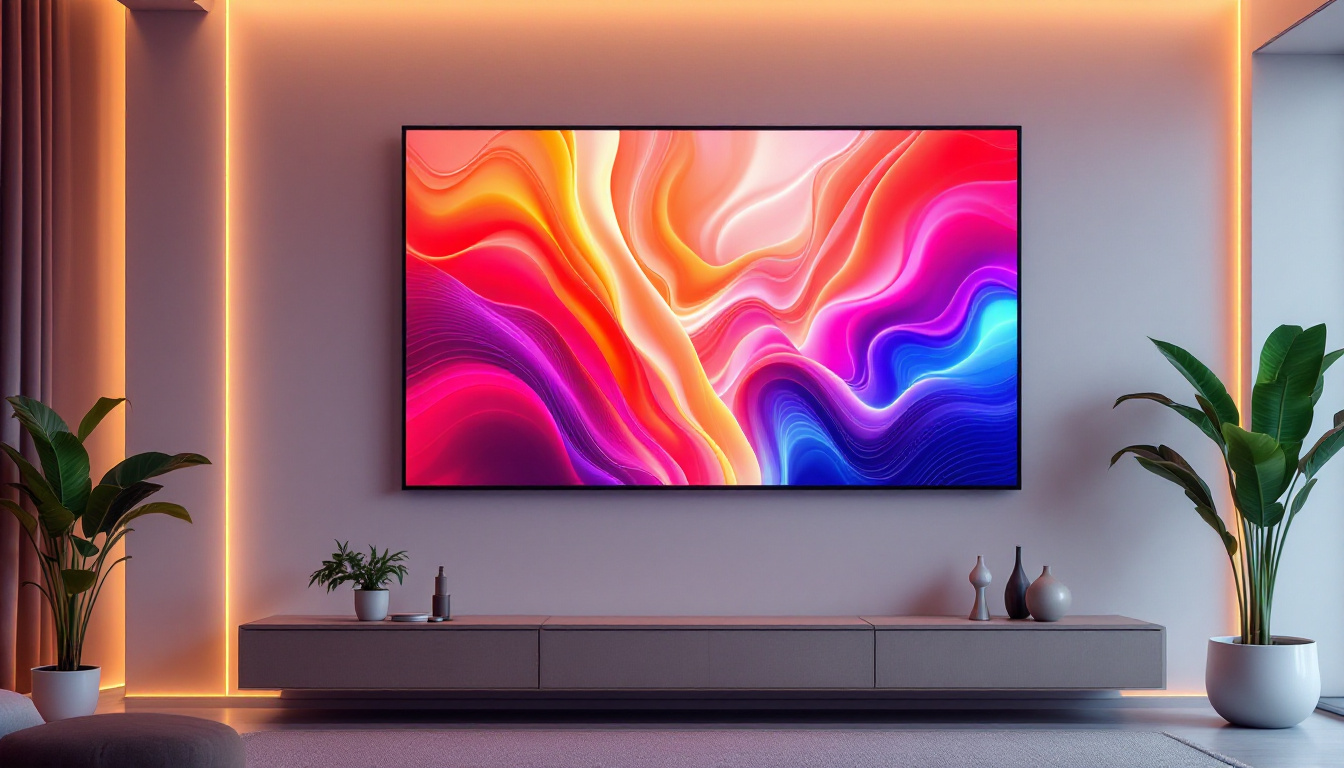In the ever-evolving landscape of technology, the integration of touch displays into computing devices has become increasingly prevalent. For Mac users, the desire for a touch-enabled experience has sparked interest in how LED displays can enhance functionality and usability. This article delves into the intricacies of touch displays for Mac, exploring the technology behind LED displays and their potential applications.
Understanding LED Technology
LED, or Light Emitting Diode, technology has revolutionized the way displays are manufactured and utilized. Unlike traditional LCD screens, LED displays offer several advantages that make them appealing for touch functionality. The shift from conventional lighting methods to LED technology has not only transformed consumer electronics but has also paved the way for innovative applications in various industries, including automotive, advertising, and even architectural lighting.
How LED Displays Work
At its core, an LED display consists of numerous tiny diodes that emit light when an electric current passes through them. These diodes can produce a wide range of colors, allowing for vibrant and dynamic visuals. The combination of red, green, and blue diodes can create millions of colors, providing a rich viewing experience. This color mixing capability is crucial for applications where color accuracy is paramount, such as in graphic design and video production, where professionals rely on precise color representation to ensure their work is displayed as intended.
In addition to color vibrancy, LED displays are known for their energy efficiency and longevity. They consume less power than their LCD counterparts and can last significantly longer, making them a sustainable choice for consumers and businesses alike. Furthermore, the reduced heat output of LEDs compared to traditional bulbs means that they can be used in a wider range of environments without the risk of overheating, which is particularly beneficial in compact electronic devices.
Types of LED Displays
There are various types of LED displays, each suited for different applications. The most common types include:
- Standard LED Displays: These are used in most televisions and monitors, providing excellent brightness and contrast.
- OLED Displays: Organic LED displays offer superior color accuracy and contrast ratios, making them ideal for high-end devices. Their ability to produce true blacks by turning off individual pixels enhances the overall picture quality, especially in darker scenes.
- Mini LED Displays: A newer technology that uses smaller LEDs for backlighting, providing enhanced control over brightness and improved picture quality. This innovation allows for more localized dimming, which can significantly improve contrast and detail in both bright and dark areas of the screen.
Another emerging type is the Micro LED display, which promises even greater advancements by using microscopic LEDs that can be individually controlled. This technology not only enhances brightness and color accuracy but also allows for the creation of flexible and transparent displays, opening up new possibilities for design and functionality in consumer electronics. As these technologies continue to evolve, they will likely redefine our interaction with screens and visual media, making them more immersive and engaging than ever before.
The Rise of Touch Displays
Touch displays have gained immense popularity in recent years, particularly with the rise of smartphones and tablets. The convenience of interacting directly with the screen has led to a demand for touch capabilities in various computing devices, including Macs. This shift towards touch technology has not only transformed personal computing but has also influenced the way software is developed, with many applications now designed with touch interaction in mind.
Benefits of Touch Displays
Touch displays offer several advantages that enhance user experience:
- Intuitive Interaction: Touch screens allow for a more natural interaction with devices, enabling users to navigate through applications and content effortlessly.
- Increased Productivity: For creative professionals, touch displays can facilitate quicker access to tools and features, streamlining workflows.
- Enhanced Accessibility: Touch displays can provide an alternative for users with disabilities, allowing for easier navigation and interaction with technology.
Moreover, touch displays can support multi-touch gestures, which enable users to perform complex actions with simple finger movements. This capability is particularly beneficial in design applications, where pinch-to-zoom and swipe actions can significantly enhance the creative process. As a result, many artists and designers are embracing touch-enabled devices, finding that they can express their creativity in ways that were previously cumbersome or impossible with traditional input methods.
Challenges of Touch Displays on Macs
Despite the benefits, integrating touch technology into Macs presents certain challenges. One significant concern is the potential impact on the user interface. Traditional MacOS designs are optimized for mouse and trackpad interactions, which may not translate well to touch inputs. Developers must consider how to adapt existing applications to ensure that touch interactions feel natural and intuitive, often requiring a complete rethinking of user interface elements.
Additionally, there are ergonomic considerations. Users may find it uncomfortable to reach out and touch a screen for extended periods, leading to fatigue. Therefore, careful design and implementation are essential to ensure that touch displays enhance rather than detract from the user experience. This includes considerations such as screen height, angle, and the overall layout of the workspace. Furthermore, the potential for smudges and fingerprints on the display can detract from the visual clarity that Mac users have come to expect, necessitating the development of new materials and coatings that minimize these issues while maintaining touch sensitivity.
Current Touch Display Options for Mac
While Apple has yet to release a dedicated touch-enabled Mac, there are several options available for users seeking a touch display experience.
External Touch Displays
One of the most straightforward solutions is to use an external touch display. These monitors connect to a Mac via USB or HDMI and provide a touch interface. Many manufacturers offer high-quality touch displays that are compatible with MacOS, allowing users to enjoy the benefits of touch technology without needing to wait for Apple to release a native solution.
When selecting an external touch display, it is crucial to consider factors such as resolution, size, and touch sensitivity. A display with high resolution will provide clearer visuals, while a larger screen can enhance productivity by allowing for more workspace. Additionally, some external touch displays come with adjustable stands or VESA mount compatibility, enabling users to customize their setup for optimal comfort and ergonomics. Features like anti-glare coatings and wide viewing angles can further improve the user experience, making it easier to collaborate or share the screen with others.
Touchscreen Laptops
Although Macs do not currently feature touchscreens, several Windows-based laptops offer this capability. For users who require a touch interface, considering a dual-boot setup with Windows on a Mac or investing in a Windows laptop may be viable options.
Touchscreen laptops often come with features that cater to touch interaction, such as stylus support and optimized applications. This can provide a seamless experience for users who prioritize touch functionality. Moreover, many touchscreen laptops are designed with versatility in mind, allowing them to switch between laptop and tablet modes. This flexibility can be particularly beneficial for creative professionals who use design software that thrives on touch input, such as drawing or photo editing applications. Furthermore, the growing ecosystem of touch-enabled software on Windows platforms continues to expand, providing users with a rich array of tools that leverage touch technology for enhanced productivity and creativity.
Future of Touch Displays in the Mac Ecosystem
The future of touch displays in the Mac ecosystem remains a topic of speculation and excitement. As technology advances, the integration of touch capabilities into Macs seems increasingly likely.
Potential Developments
Apple is known for its innovative approach to technology, and the introduction of touch displays could lead to significant changes in how users interact with their devices. Potential developments may include:
- Hybrid Devices: Apple could introduce hybrid devices that combine the functionality of a laptop and a tablet, allowing for both traditional and touch interactions.
- Enhanced Software Integration: With the introduction of touch displays, MacOS may evolve to incorporate touch-friendly interfaces, making it easier for users to navigate and interact with applications.
- Advanced Gesture Control: Future touch displays could leverage advanced gesture recognition, allowing users to perform complex tasks with simple hand movements.
Market Trends
The demand for touch displays is on the rise, driven by consumer preferences for more interactive and engaging technology. As more users become accustomed to touch interfaces in their smartphones and tablets, expectations for similar functionality in laptops and desktops will likely increase.
Apple’s competitors have already begun to capitalize on this trend, releasing devices that cater to the touch display market. As a result, Apple may feel compelled to respond to consumer demand by incorporating touch technology into its Mac lineup.
Conclusion
The integration of touch displays into the Mac ecosystem represents a significant shift in how users interact with their devices. While current options exist for those seeking a touch experience, the future holds exciting possibilities as technology continues to evolve.
As LED display technology advances and consumer demand for touch functionality grows, it is likely that Apple will explore innovative ways to incorporate touch capabilities into its Mac lineup. Whether through external displays, hybrid devices, or enhanced software integration, the potential for a touch-enabled Mac experience is vast and promising.
In the meantime, users can explore existing touch display options and consider how this technology can enhance their productivity and creativity. The journey toward a touch-enabled Mac is just beginning, and the possibilities are endless.
Discover the Future of Mac Displays with LumenMatrix
Ready to elevate your Mac experience with the latest in LED display technology? LumenMatrix is at the forefront of innovation, offering a diverse range of LED display solutions that bring your content to life. Whether you’re looking for an Indoor LED Wall Display to enhance your creative workspace, an Outdoor LED Wall Display to showcase your work, or any of our specialized displays like Vehicle, Sports, or Floor LED Displays, LumenMatrix has you covered. Embrace the future of visual communication and check out LumenMatrix LED Display Solutions today to transform how you share your message with the world.































